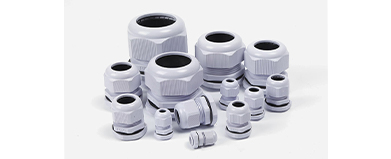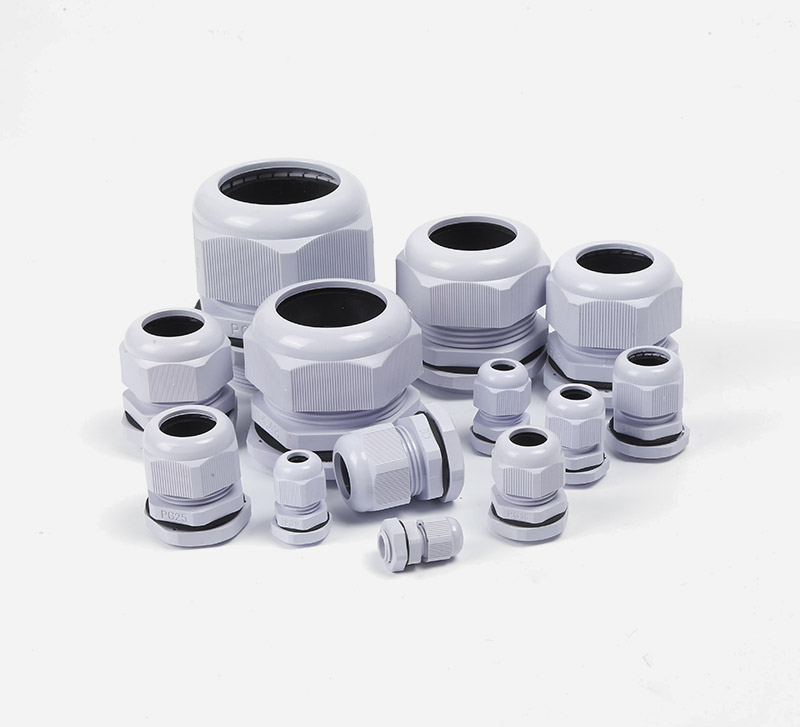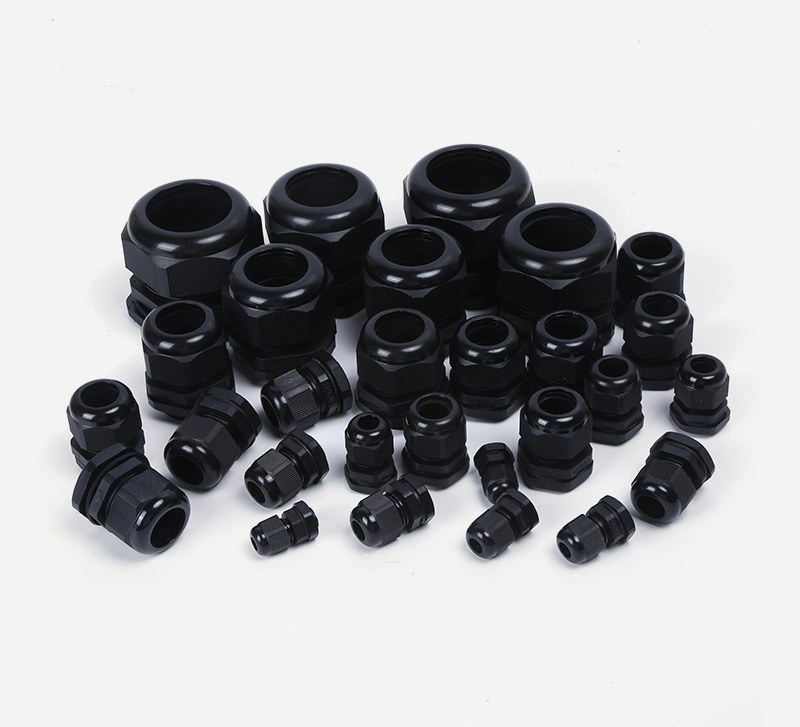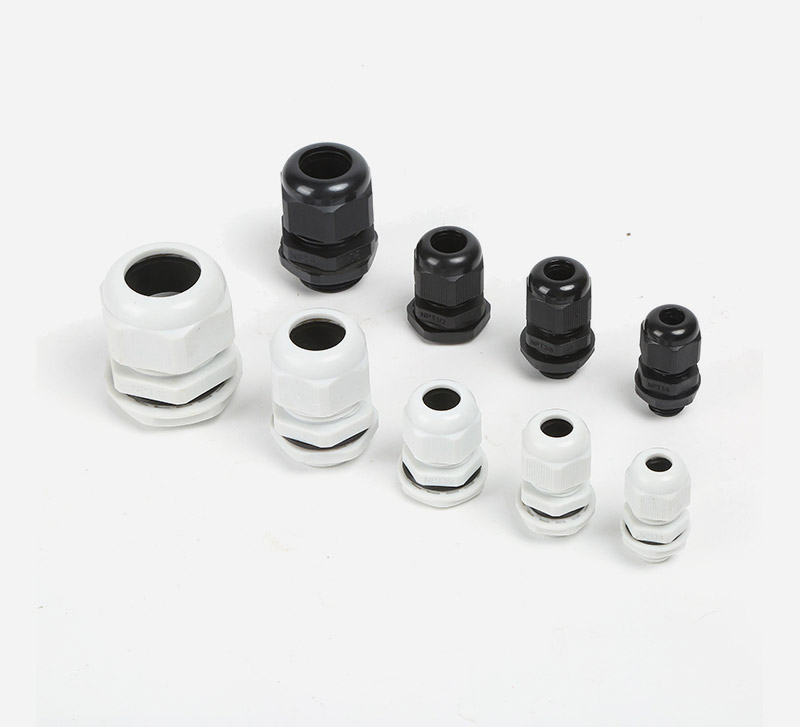Why Use Cable Glands? Exploring Their Protective & Functional Benefits
In the intricate web of electrical systems that power industries, buildings, and infrastructure, few components work as quietly yet critically as cable glands. These unassuming devices—often overlooked amid larger machinery—serve as the unsung guardians of electrical connections, bridging cables to enclosures while shielding them from a host of environmental and operational threats. But their role extends far beyond basic protection: cable glands are essential to safety, efficiency, and longevity in electrical setups across sectors. Let’s unpack why they’re not just accessories, but non-negotiable elements in reliable electrical systems.
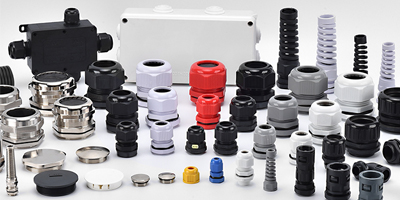
The Core Protective Roles: Defending Against Environmental Hazards
Electrical connections are inherently vulnerable to external forces, and cable glands act as the first line of defense. Their protective benefits are tailored to counteract the most common and destructive threats:
Sealing Against Moisture and Dust: In environments from industrial factories to outdoor installations, moisture (rain, humidity) and dust can infiltrate enclosures, causing short circuits, corrosion, or equipment failure. Cable glands create a tight, IP-rated seal (ranging from IP66 for heavy rain to IP68 for submersion) that blocks these intruders, ensuring connections remain dry and clean.
Resisting Chemical and Corrosive Attack: In sectors like chemical processing, oil & gas, or marine settings, exposure to corrosive substances (acids, saltwater, solvents) is inevitable. High-performance cable glands, crafted from materials like stainless steel, brass, or specialized polymers, are engineered to resist degradation, preserving both the cable and the enclosure’s integrity.

Mitigating Mechanical Stress: Cables are often subjected to tugging, twisting, or vibration—whether from machinery movement, human error, or environmental factors like wind. Cable glands secure cables firmly, preventing excessive flexing or strain at the entry point. This reduces the risk of internal wire damage, which can lead to power loss or hazardous exposed conductors.
Functional Benefits: Enhancing System Performance and Compliance
Beyond protection, cable glands deliver functional advantages that optimize electrical systems and keep operations running smoothly:
Cable Management and Organization: In complex setups with multiple cables (e.g., control panels, data centers), cable glands streamline routing. They prevent tangling, reduce clutter, and simplify maintenance—making it easier to identify, access, or replace cables when needed.
Fire Safety and Hazard Reduction: In high-risk environments, fire-resistant cable glands (made with flame-retardant materials) slow the spread of fire through cable entry points, containing outbreaks and limiting damage. Additionally, by securing cables, they minimize the risk of accidental disconnections that could spark arcs or overloads.
Regulatory Compliance: Global standards (e.g., IEC, UL, ATEX) mandate strict safety protocols for electrical systems, especially in explosive (ATEX zones) or hazardous locations. Cable glands are certified to meet these standards, ensuring installations adhere to legal requirements and reducing liability risks.
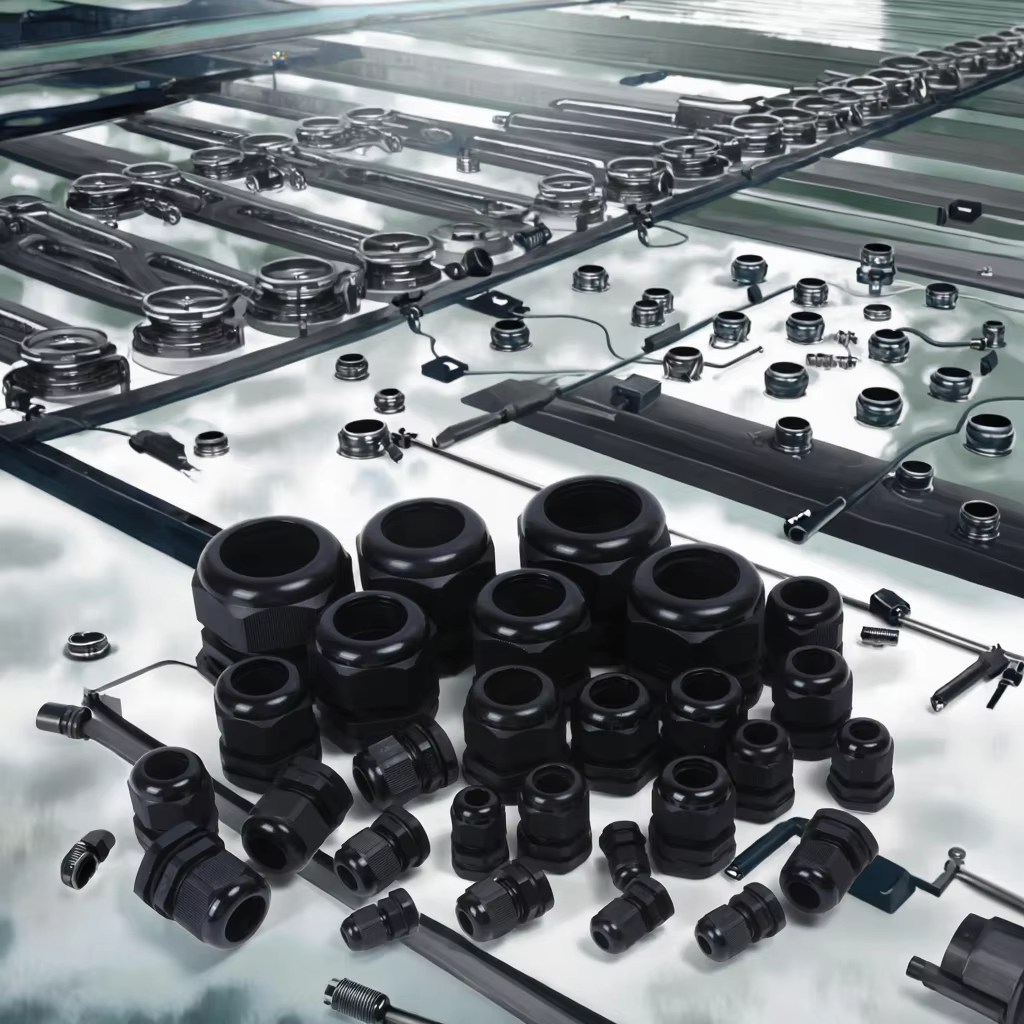
Adaptability Across Industries: Tailored Solutions for Diverse Needs
What makes cable glands indispensable is their versatility. They’re not one-size-fits-all—suppliers offer specialized designs to match unique industry demands:
Industrial Settings: Heavy-duty glands with robust metal construction handle high temperatures and vibration in manufacturing plants.
Hazardous Areas: Explosion-proof glands (ATEX/IECEx certified) prevent sparks from escaping enclosures in environments with flammable gases or dust.
Renewable Energy: Weatherproof glands in solar farms or wind turbines withstand UV radiation, extreme temperatures, and constant outdoor exposure.

The Bottom Line: Efficiency, Safety, and Longevity
In essence, the question isn’t why use cable glands—it’s how to choose the right ones for your needs. Their protective benefits prevent costly downtime, equipment repairs, and safety incidents, while their functional advantages streamline operations and ensure compliance. From a small office setup to a large-scale industrial facility, cable glands are the silent workhorses that keep electrical systems reliable, secure, and ready to perform.
Investing in quality cable glands isn’t just a matter of adding a component—it’s an investment in the longevity and safety of your entire electrical infrastructure.




